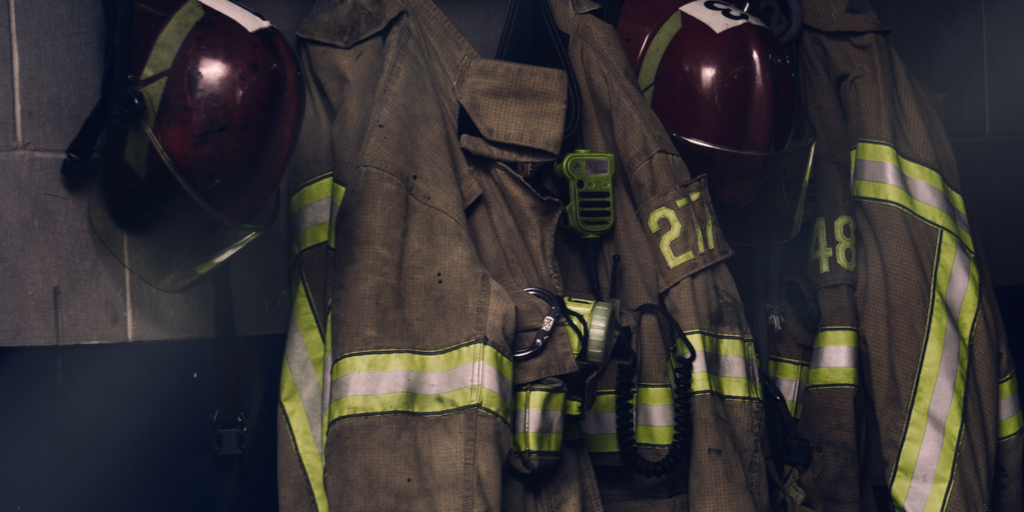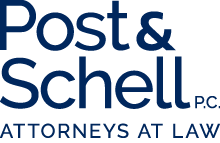

PA Supreme Court Clarifies Burden of Proof in Firefighter Cancer Presumption Cases

The Pennsylvania Supreme Court recently issued a decision definitively addressing the burdens of proof for a firefighter-claimant seeking occupational disease benefits for cancer and for an employer who seeks to rebut the presumption that the firefighter-claimant’s cancer is related to his or her firefighting activities. Specifically, the Supreme Court, in City of Philadelphia Fire Department v. Workers’ Compensation Appeal Board (Sladek), No. 13 EAP 2017 (Pa. Oct. 17, 2018), held, in accordance with Section 108(r) of the Occupational Disease Act, that a firefighter-claimant must only produce evidence that it is possible that the carcinogen in question caused the type of cancer from which he or she suffers. A firefighter-claimant is not required to prove that a specific Group 1 carcinogen actually caused the cancer. In order to meet this burden of proof, which the Supreme Court noted is not a heavy burden, a claimant may present epidemiological evidence that identifies potential associations between the firefighter’s exposure and his or her cancer. Once the firefighter-claimant meets this burden of proof, then the employer now must establish a specific, non-firefighting cause of the claimant’s cancer. It is no longer sufficient for the employer’s expert to opine that the firefighter-claimant has a type of cancer that may or may not possibly be caused by a Group 1 carcinogen.
The Supreme Court, however, also held that the firefighter-claimant’s expert must satisfy the Frye standard of Rule 702 of the Pennsylvania Rules of Evidence, expressly setting forth a venue for employers to challenge the sufficiency of an expert’s testimony before the firefighter-claimant meets his or her initial burden of proof. The Court explained that the firefighter-claimant’s expert epidemiological evidence must satisfy the Frye standard under Rule 702 of the Pennsylvania Rules of Evidence. The Frye standard places a gate-keeping function on the workers’ compensation judge. Under the Frye test, the gate-keeper must conclude that a claimant’s medical evidence is generally accepted by the scientific community before it is admissible. In order to meet the Frye standard, the expert must establish that there is a general acceptance of the evidence’s validity by those scientists active in the field to which the evidence belongs. Frye further requires that the expert apply generally accepted scientific methodologies in rendering his or her opinion. If the employer demonstrates, via its own expert testimony, that the firefighter-claimant’s expert does not satisfy the Frye standard, then the presumption never shifts to the employer and the firefighter-claimant will not be entitled to occupational disease benefits.
In light of the Supreme Court’s decision in Sladek, it is important that employers re-assess their expert testimony in firefighter cases and determine if their expert is able to challenge, under Frye, any opinions provided by a firefighter-claimant’s expert in order to avoid the burden of proof from ever shifting to the employer. Otherwise, the employer will face a very high burden to rebut the presumption that a firefighter-claimant does not suffer from an occupational disease – specifically, the employer’s expert will now have to identify a specific, non-firefighting cause of the claimant’s cancer.
If you have questions about this Supreme Court case, or a specific claim, please contact:
- Patrick T. Cusick, Vice-Chair of Post & Schell's Workers' Compensation Department, in our Lancaster, PA Office at (717) 391-4418 or pcusick@postschell.com.
- James M. Burkhardt, Principal in the Firm's Workers' Compensation Department, in our Allentown, PA Office at (610) 774-0321 or jburkhardt@postschell.com.


